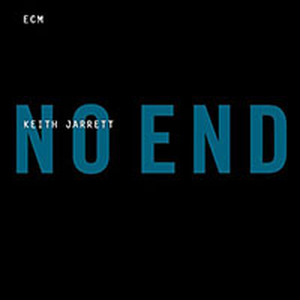
Recorded at Cavelight Studio in Jarrett’s home in 1986, it represents a hitherto undocumented exploration in Jarrett’s composing and multi-instrumental performance where, surprisingly, the piano is not the featured instrument. Rather, Jarrett plays electric guitar, electric bass, drums and percussion amidst tribal dances of Jarrett’s own devise.
He describes the studio as “a drum set in the corner. Tablas and percussion, instruments of all kinds strewn around the room.” He recalls the deep red Gibson solid-body and the blond wood classic Fender bass.
Describing the improvisation, Jarrett says “There was really, to my knowledge, no forethought or ‘composition’ (in the typical sense) going on; just a feeling or a rhythmic idea or a bass line concept or melody. But none of this was written down. Beginnings and endings were either hit-or-miss or just plain astoundingly intuitive.”
Most surprisingly, he states that “I have always been drawn to instruments that you touch directly, without a mechanism in between. Therefore I cannot say I have ever loved the piano as much as the drums or guitar. Although I have a reputation for being in the acoustic world, I have always loved electric guitar.”
This stands in distinct contradiction to his previously stated position as being anti-electric as some of his liner notes from the mid-70s disclose as well as various interviews in Jazz magazines. All that, however, is easily overlooked once hearing this incredible album.
The album is presented in two CDs with each disc containing 10 tracks. The tracks are listed simply as their track numbers.
The first disc and the first track grabs you from the opening. The light percussion with the delicate electric guitar on top is quickly seen instrumentally as anything unheard from Keith Jarrett before. The melody, however, is pure Jarrett. There is an almost Eastern meditative feel to it. In fact, the feeling is very reminiscent of “Reading Sacred Books” from the “Sacred Hymns” album. The Gurdjieff effect is in full force here.
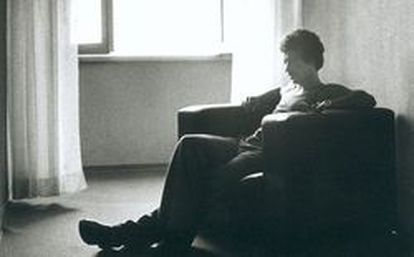
The fourth track is more exploratory in the rhythmic sense. Even Jarrett’s guitar approach is more percussive and turns the whole piece into an organic exposition of rhythms. That exposition is nearly stream-of-consciousness in its liquidity and flow.
There is a quick turn in the fifth track as Jarrett generates a Gospel/Folk feel with his vocalizations and percussion. It is the vocal swing that catches the attention here. In fact, it must be that the vocals were recorded first and became the foundation for the instrumentation.
One of the jazziest pieces of the entire album is the succeeding piece that recall some of the “Sun Bear Concerts” sublime moments. Here the guitar work is foremost but the doubled drum hits create and almost triumphant march beneath the cool and quirky guitar.
Jarrett follows this with a return to soul in a Donny Hathaway sense. There is a bit of a country swing to the guitar with the funky rhythmic undercurrent. Country over soul brings “Valdez in the Country” to mind.
The eighth and ninth tracks are tribal rhythms with meditative guitar lines. The ninth track starts with raga imagery alongside the steady shaker and tabla lines. A delightfully punctuating guitar brings the attention to the melodic meditation.
Track Ten closes the first disc beautifully in its sweet chord changes and ascending melody. It is a piece born of imagination and illumination. Probably my favorite piece from the whole project.
The second disc further explores the rhythmic tapestries woven by Jarrett. The first track is another study in vocalizations underscoring the Native American rhythms. Atop it all is a guitar movement that recollects The Doors, of all sources! One begins to understand that perhaps every music ever heard by Jarrett is being channeled on the album and he surrenders to that impulse splendidly.
Rhythmic considerations take over the third and fourth tracks with a bluesy guitar developing in the former piece. While the drumming carries that piece, the guitar and bass are extraordinary and present a nearly progressive jazz front in their structure and execution. The latter of the two tracks features cymbal dominance in the percussion and is a very intriguing approach which allows for the surprise late in the piece as it transitions from avant-garde to a rhythm and blues groove.
A sweet melody over strident drums is the hallmark of the fifth track. At this point, one begins to wonder if the album was going to start getting repetitive but those fears are allayed by the fascinating reminiscence in the piece.
The sixth tracks opens with a hot intra-jam between Jarrett and Jarrett. It recalls the opening jam of Transatlantic’s “Suite: Charlotte Pike.” If anything, the tracks get progressively more interesting and more spellbinding.
Tracks 7 and 8 sound as though they might be two movements of the same suite. One flows easily into the next and are both built on similar rhythmic patterns with the former piece featuring overdubbed vocalizations, giving it a tribal chant atmosphere.
The penultimate piece carries an accelerating sense that is a great set-up for the final track of the CD and album which contains aboriginal droning vocalizations from Jarrett. The underscoring percussion fashions a solid base for the guitar work.
The whole album is a work of rhythm and melodic rhyme. It springs from a love of instruments that require no intermediary--such as the hammers of a piano--to generate the sound. In a very visceral way, Jarrett has shortened the distance between the composing heart and the expectant ear.
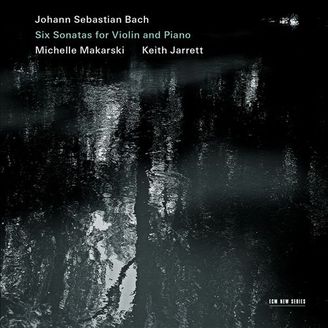
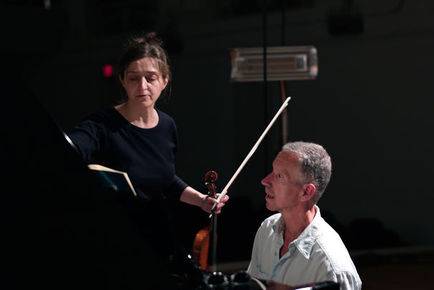
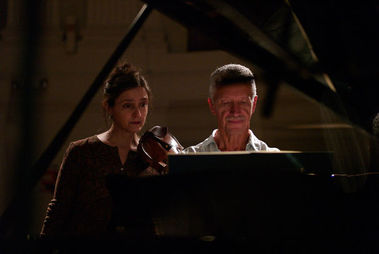
 RSS Feed
RSS Feed
